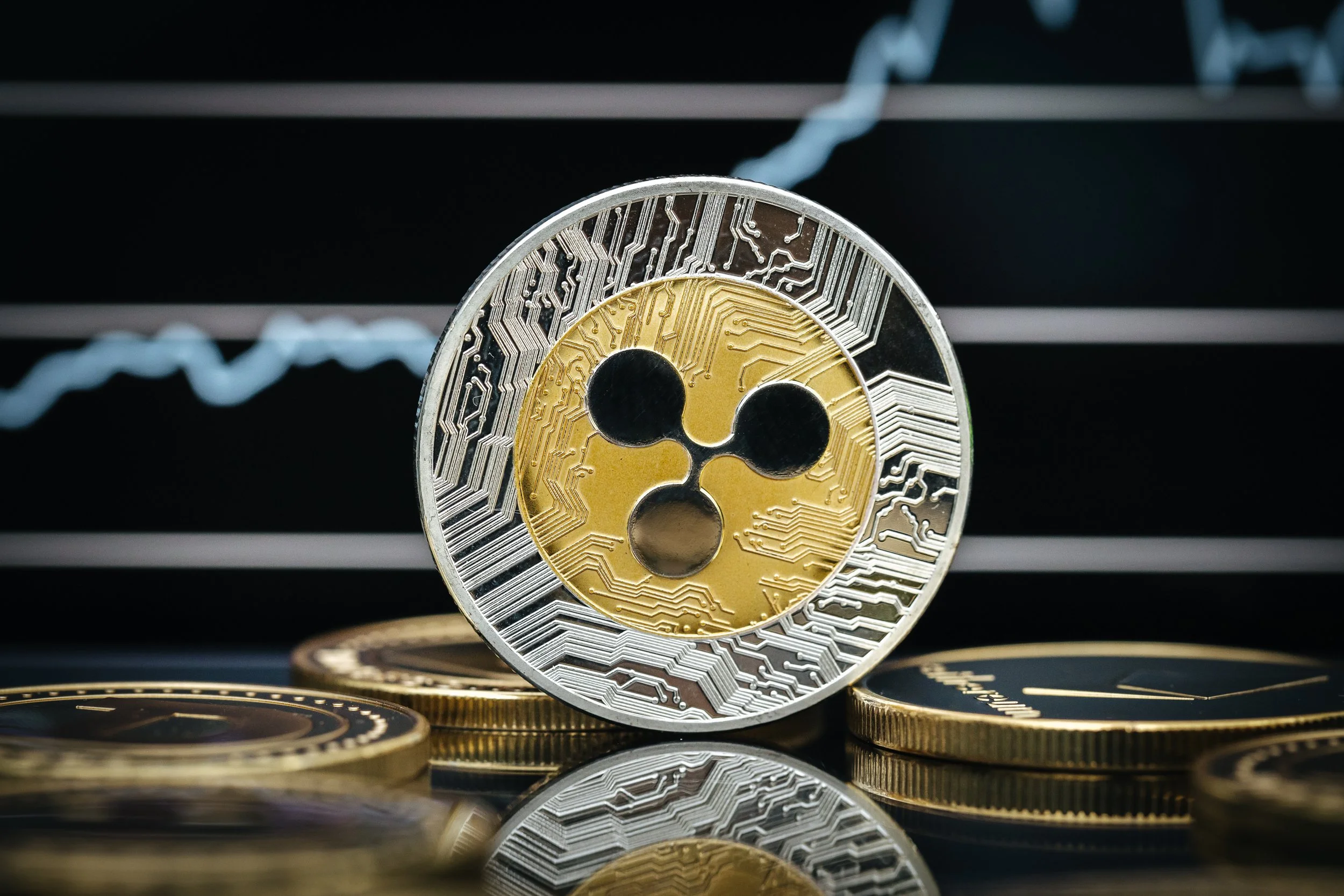XRP: The Next Visa? Why Ripple's $5 Trillion Network Could Justify A Bigger Valuation
Photo Credit: © Dennis / Adobe Stock — used under Standard Editorial License.
Excerpt
The following is a 250-word excerpt from my full article on Seeking Alpha: A crowdsourced financial market content service where investors can share ideas, discuss news, and make informed investment decisions. To view the full article without a paywall, please click on the link below:
https://seekingalpha.com/article/4836869?gt=42b6c75c7527a7d1
Summary
XRP now processes over $5 trillion a year, offering faster, cheaper, and more secure settlements than SWIFT’s legacy system.
Ripple’s network expansion and CBDC pilots position XRP as the backbone for future global payments.
CEO Brad Garlinghouse targets 14% of SWIFT’s $150 trillion volume, implying $40 trillion in flows by 2030.
Fair value ranges from $10.97 to $66.67, suggesting 350% to 2,631% upside as adoption accelerates.
Investment Thesis
I give Ripple USD (XRP-USD) a strong buy rating because Ripple has built an infrastructure that SWIFT does not match: a fast, low-cost network that is already moving approximately $5 trillion annually, with major banks and central banks jumping on board. Four months ago, Ripple CEO Brad Garlinghouse projected that XRP could capture 14% of SWIFT’s $150 trillion transaction volume within five years, and if even a fraction of this projection materializes in the near future, then XRP may go from speculative token to the backbone for global payments. This is reflected in its valuation potential, with a bullish projection giving XRP a fair value of $66.67, implying a massive 2,631% upside from its current price and an unmatched potential for asymmetric upside driven by utility.
XRP's Whitepaper
The best place to start analyzing any cryptocurrency is its whitepaper: The problem that Ripple Labs (a private tech company from here on referred to as Ripple) sets out to solve is to fix international money transfers…

